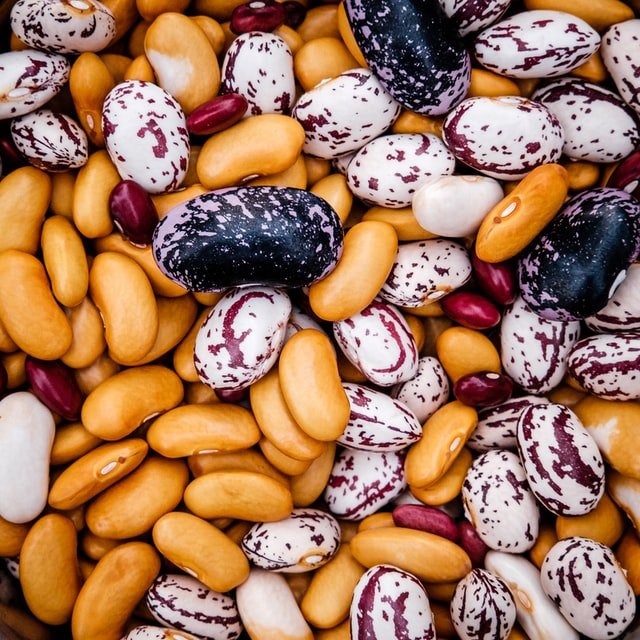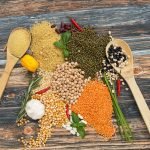
Isoflavones are a group of phenolic molecules belonging to flavonoids. The characteristic that distinguishes them, and marks their use in herbal medicine, is the chemical structure similar to the hormones estrogen. Isoflavones are therefore used instead of hormone replacement therapy in the treatment of menopausal symptoms in women. Let’s find out better.
Where are isoflavones found
Isoflavones are well localized in some botanical families. In Leguminosae, a family to which legumes belong.
The clover is a biennial or perennial herbaceous plant, up to 0.8 m tall, with pink-purple flowers and leaves consisting of three leaflets, often hairy. It commonly grows in our fields and uncultivated meadows and has the characteristic of releasing a droplet of nectar at the base of the petals to thank the bees for their passage. The drug (the part of the plant that contains the active principle) is represented by the flowering top.
Soy is a plant native to East Asia, annual, with trifoliate leaves, like all Leguminosae, white, pink or purple flowers, gathered in clusters. Typical is the brownish down that covers many parts of the plant. The fruits are short legumes.
Another plant containing isoflavones and used in the climacteric syndrome is the Black Cohosh (Nutt.) Bart., Belonging to the Ranuncolaceae family. The black cohosh is a perennial herbaceous plant up to 3 m tall with green trefoil leaves and white inflorescences collected in racemes. The name of the plant refers to the unpleasant smell of the inflorescences which would have the property of repelling insects.
Properties of isoflavones
In the 90s a research showed that women, subjected to a diet with added soy flour, had 40% fewer hot flashes than in the period before the intake, while women who had been given a diet rich in flour of wheat they had 25% less.
Other studies followed and clarified the role of isoflavones as estrogen-like, to be administered in menopausal women to reduce their specific symptoms. The action of isoflavones is carried out by anchoring to the same receptors of conventional estrogens.
The isoflavones present in higher concentrations in soy and clover are biochanin A, formomonetin, genistein and daidzein.
Numerous studies have shown the ability of isoflavones to reduce the incidence of breast cancer and bone fractures; also acting on the reduction of autonomic disorders, such as hot flashes, sweating, excessive irritability. Finally, the action of isoflavanones has been shown in reducing the risk of cardiovascular diseases: reducing the levels of bad cholesterol (LDL) in the blood and increasing the levels of the good one (HDL).
On the market, soy or clover are sold in dry extract; the isoflavones are titrated and standardized with the highest estrogen-like activity, at a daily dosage of 80 mg.
A separate paragraph deserves the black cohosh, a plant used for many years in the treatment of climacteric syndrome (hot flashes, sweating, insomnia, anxiety) and which has recently been banned for a suspected case of toxicity. Recently, in several scientific articles, the safety of the plant and its efficacy in the treatment of climacteric syndrome has been confirmed, noting that the suspected cases of hepatotoxicity cannot be directly related to the use of the plant.
The estrogenic activity of black cohosh was related to the inhibitory effect exerted on the release of luteinizing hormone, LH. The recommended daily dose is 40-80 mg.
Contraindications of isoflavones
Isoflavones appear to be quite tolerated and free from side effects. However, the use of isoflavone-based supplements is not recommended during pregnancy and breastfeeding and outside of a specific therapy for the symptoms of menopause.






